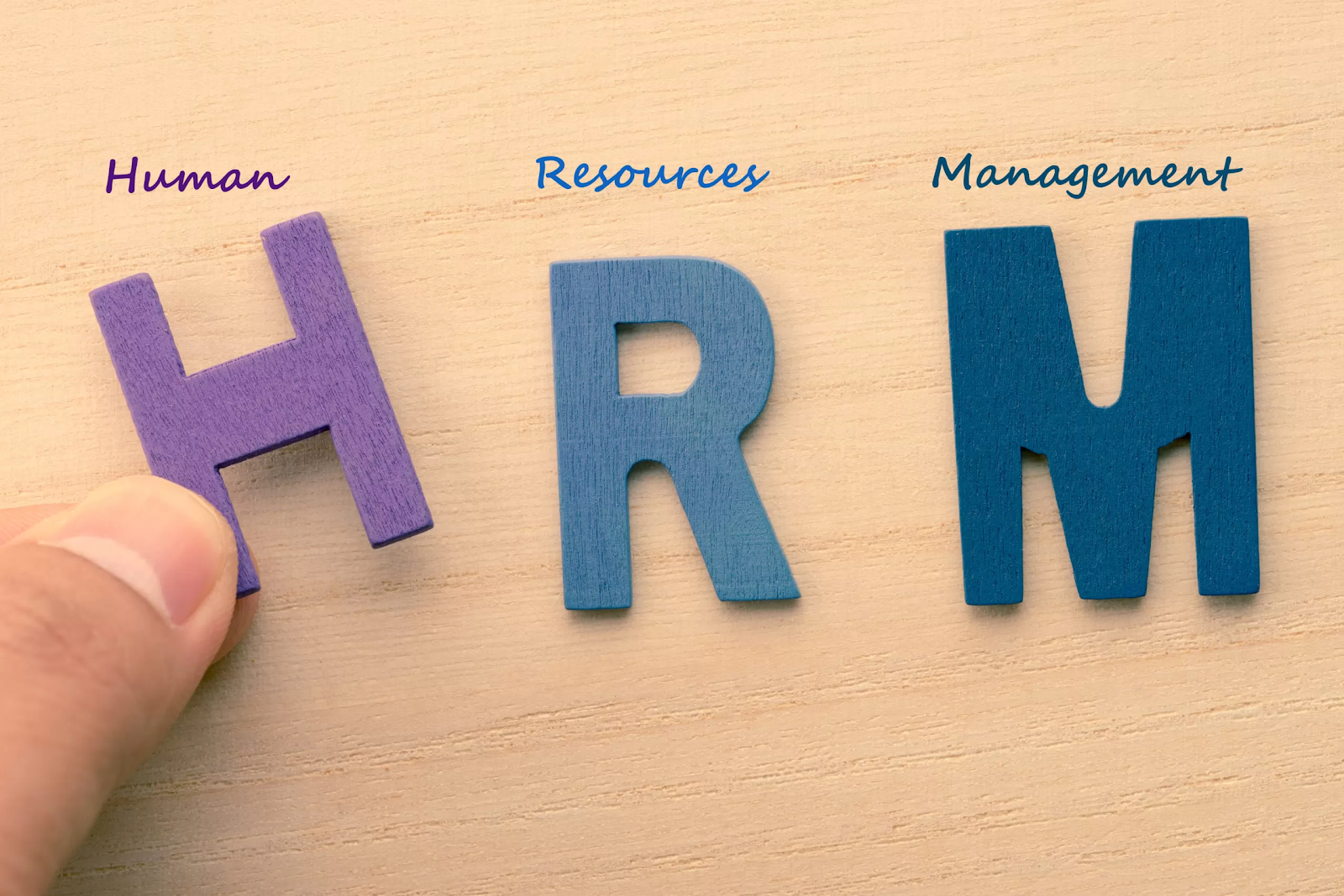Introduction
 |
| learn.g2.com |
Organizations are aware that their most valuable asset in the quickly evolving business environment today is their human capital. A strategic approach to managing this priceless resource, human resource management (HRM) includes a variety of techniques for luring, nurturing, and keeping outstanding people. A detailed review of HRM's functions, importance, and changing place in the contemporary business environment is provided in this article.
Definition and Functions of HRM

HRM involves strategically managing people to accomplish
organizational goals. It includes a number of crucial duties that cooperate to
raise worker output and fulfilment. In order to fill job openings, the correct
applicants must be found and attracted, and it is important to make sure that
their abilities and qualifications match those of the open positions (Armstrong
& Taylor, 2017). Training and development initiatives support ongoing
learning and development by assisting staff members in acquiring the
information and abilities needed to carry out their responsibilities
successfully (Cascio, 2018). Systems for performance management make it
possible to assess employee performance, give comments, and pinpoint areas that
need development (Armstrong & Taylor, 2017). To inspire and retain
employees, compensation and benefits entail creating and implementing fair and
competitive reward systems (Cascio, 2018). According to Armstrong and Taylor
(2017), the goal of employee relations is to establish a happy work environment
while resolving any issues or conflicts that may develop. The organization will
have the appropriate quantity of individuals with the appropriate abilities at
the appropriate time to achieve its strategic goals thanks to HR planning
(Armstrong & Taylor, 2017).
Importance of HRM
 |
| matchr.com |
The level of employee engagement, job happiness, and overall organizational performance are significantly impacted by effective HRM strategies. According to research, HRM practices are positively correlated with a number of employee outcomes, such as commitment, motivation, and job performance (Guest, 2017). Additionally, HRM is essential for developing a culture of continuous learning and development and for establishing a welcoming workplace that values diversity and inclusion (Bratton & Gold, 2017). In order to increase productivity, innovation, and employee retention as well as organizational performance and competitiveness, HRM places a strong emphasis on employee well-being.
The Evolving Role of HRM
 |
| www.kbibenefits.com |
Additionally, the development of digital technologies has
completely altered HRM procedures. Organizations may streamline HR processes,
increase productivity, and make data-driven decisions thanks to HR information
systems, talent management software, and data analytics tools (Kavanagh, Thite,
& Johnson, 2019). Digital platforms, for instance, make the hiring and
selection process easier by enabling businesses to access a larger pool of
candidates, automate applicant tracking, and evaluate individuals using
predictive analytics. Digital learning platforms also give staff members access
to individualized training and development opportunities, promoting ongoing
skill development and career advancement.
The Future of HRM
 |
| hospitalityinsights.ehl.edu |
In addition, HRM will keep using technological breakthroughs
to improve its procedures. Machine learning and artificial intelligence (AI)
can forecast attrition risks, monitor employee sentiment, and streamline the
hiring process. According to Kavanagh, Thite, and Johnson (2019), HR analytics
will take on more significance as it enables businesses to better understand
workforce trends, improve performance management, and make data-driven
decisions about personnel acquisition, development, and retention.
Conclusion

Human resource management (HRM), which is responsible for
managing and optimizing an organization's people capital, is, thus, an
essential business function. Human resource management (HRM) helps businesses
succeed by fostering an engaged workforce that is happy in their roles through
recruitment, training, performance management, remuneration, employee
relations, and HR planning. Human resource management (HRM) must change to meet
the difficulties of an ever-evolving business environment, adjust its methods
to better support strategic goals, and make better use of available
technologies to increase its efficiency and effectiveness. HRM can maintain its
central position in molding the future of work if it adapts to these shifts and
takes the initiative to address new developments in the field.
References
Armstrong, M., & Taylor, S. (2017). Armstrong's Handbook
of Human Resource Management Practice. Kogan Page.
Bratton, J., & Gold, J. (2017). Human Resource
Management: Theory and Practice. Palgrave.
Cascio, W. F. (2018). Managing Human Resources:
Productivity, Quality of Work Life, Profits. McGraw-Hill Education.
Guest, D. E. (2017). Human resource management and
performance: still searching for some answers. Human Resource Management
Journal, 27(1), 3-22.
Kavanagh, M. J., Thite, M., & Johnson, R. D. (2019).
Human Resource Information Systems: Basics, Applications, and Future
Directions. Sage Publications.
Wright, P. M., & McMahan, G. C. (2018). Strategic human
resource management: The evolution of the field. In D. G. Collings, G. Wood,
& M. A. rees (Eds.), Human Resource Management: A Critical Approach (pp.
25-48). Routledge.




Human resource management in an organization is a very responsible process. HRM contributes at every stage of the procedure from the mental state of the employee to the achievement of the ultimate goal of the organization.
ReplyDeleteGiven better answer, how to handle HRM for future challenges.
ReplyDeleteHuman Resource Management includes conducting job analyses, planning personnel needs, recruiting the right people for the job, orienting and training, managing wages and salaries, providing benefits and incentives, evaluating performance, resolving disputes, and communicating with all employees at all levels. You have pointedout all.
ReplyDeleteUnconventional introduction on HRM at start.
ReplyDeleteHuman Resource Management (HRM) is the process of acquiring, developing, and retaining employees. It is an essential function of any organization, as it ensures that the company has the right people in the right roles. HRM encompasses a wide range of activities, including
ReplyDelete